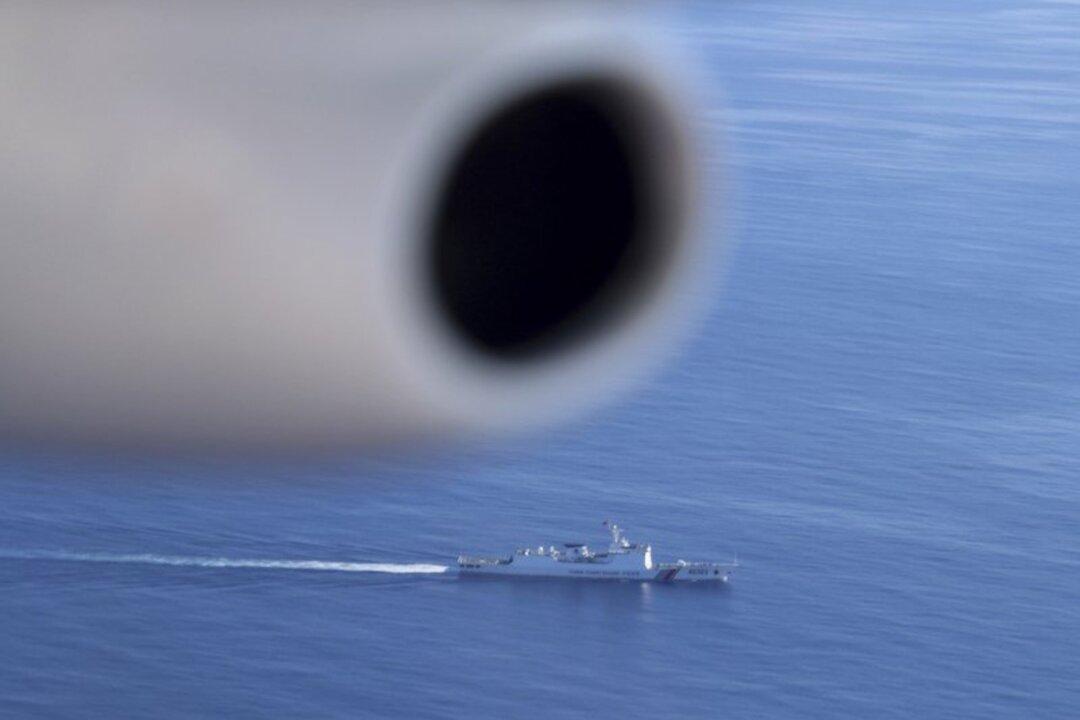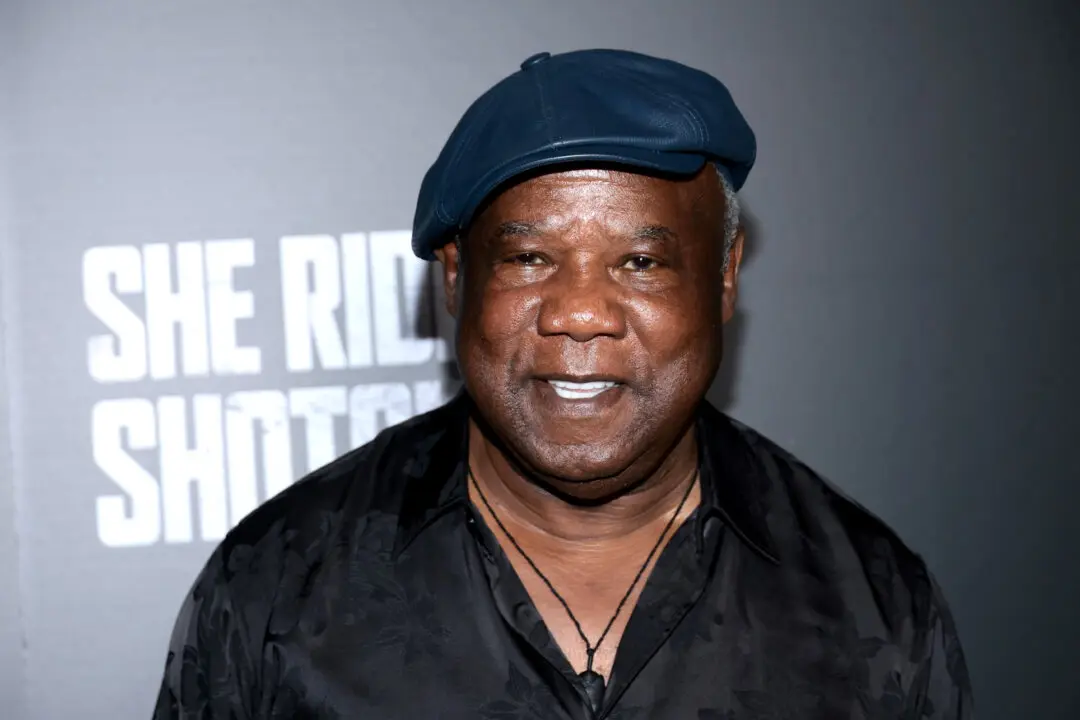BEIJING—Australian navy helicopter pilots were hit by lasers while exercising in the South China Sea, forcing them to land as a precaution, a witness said, describing the latest incident in the disputed waters where China has stepped up the defense of its sweeping territorial claims.
Scholar Euan Graham, who was onboard the Royal Australian Navy flagship HMAS Canberra on a voyage from Vietnam to Singapore, said that the lasers had been pointed from passing fishing vessels while the Canberra was being trailed by a Chinese warship.





